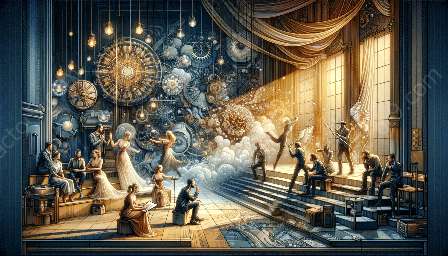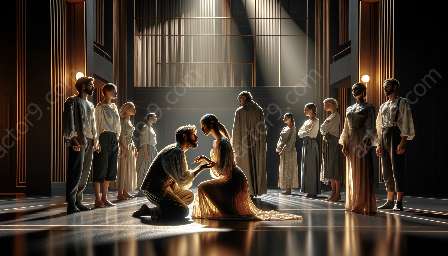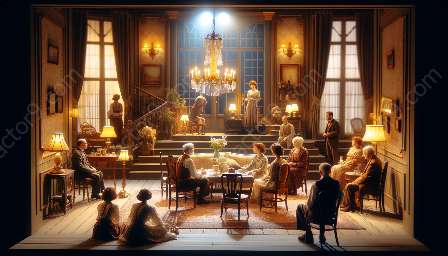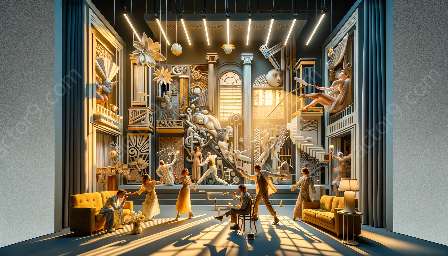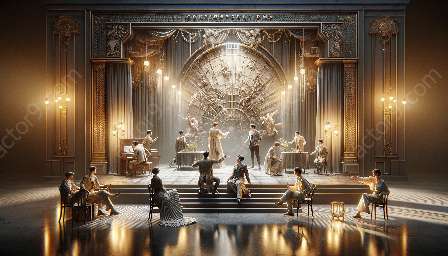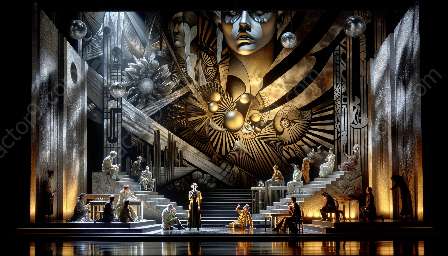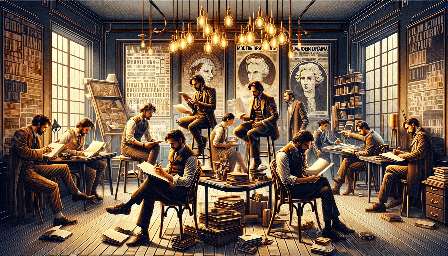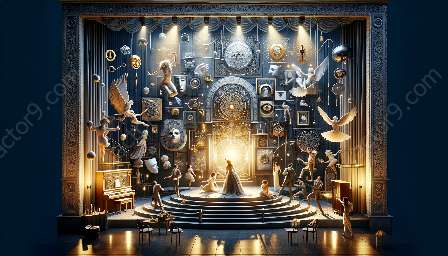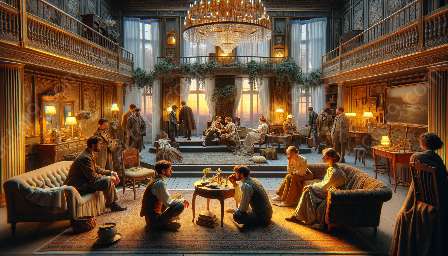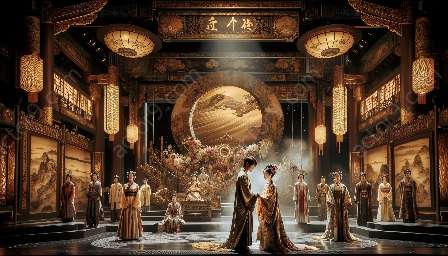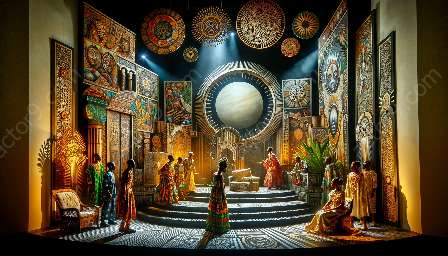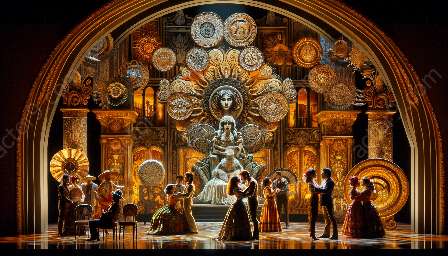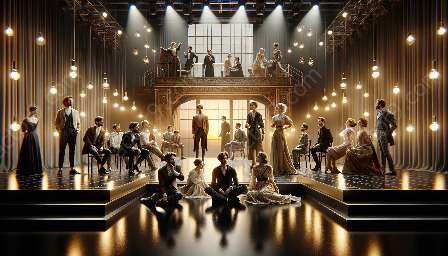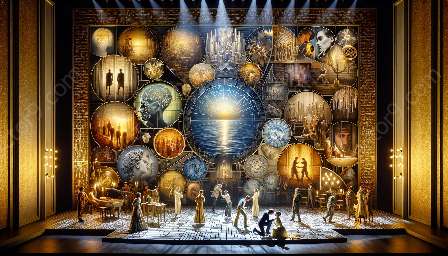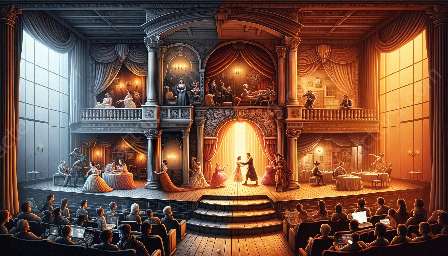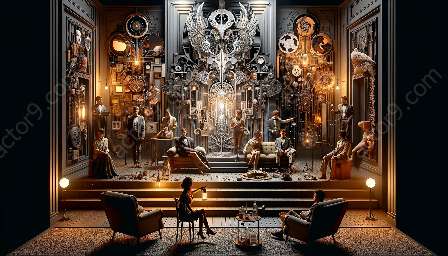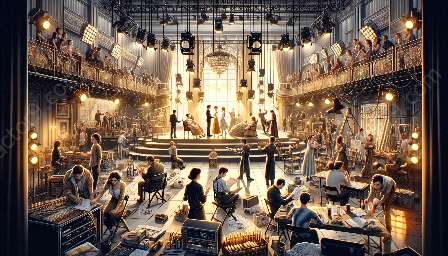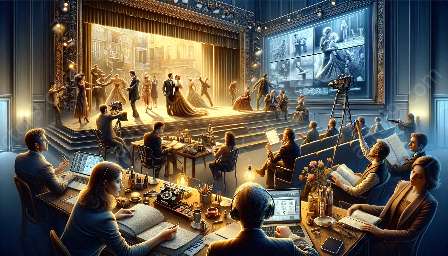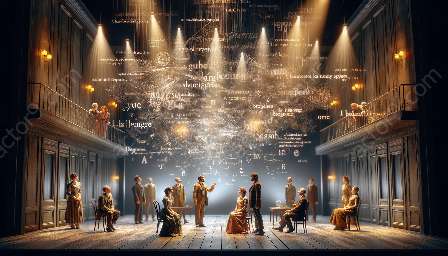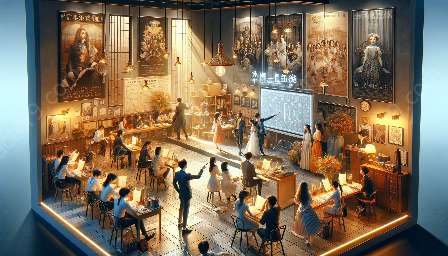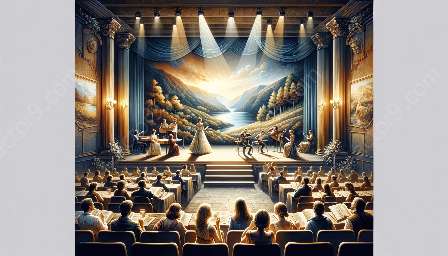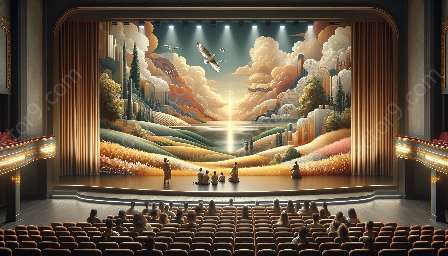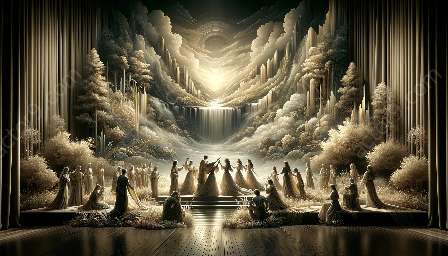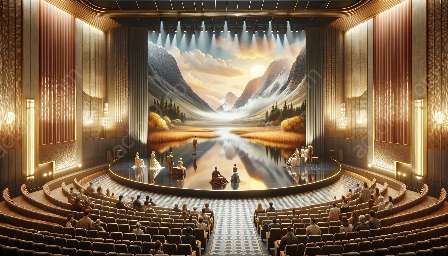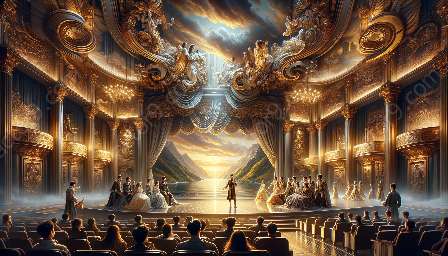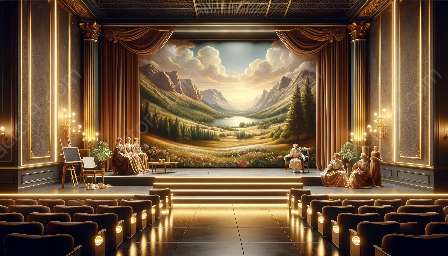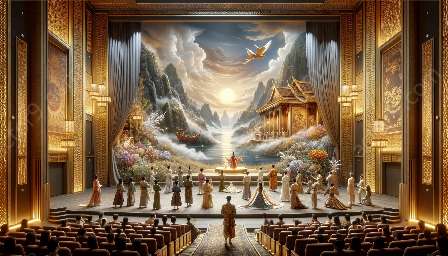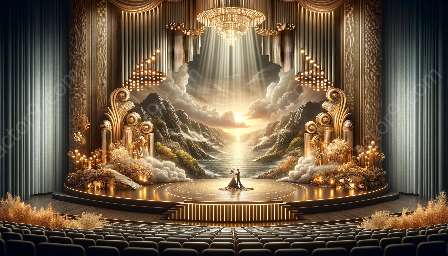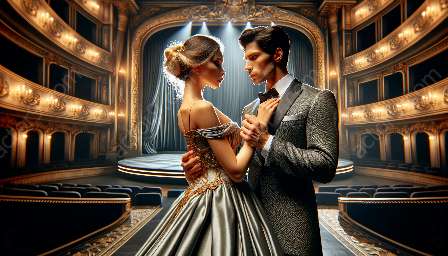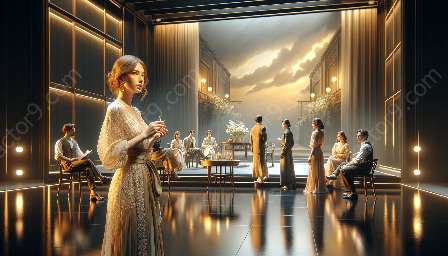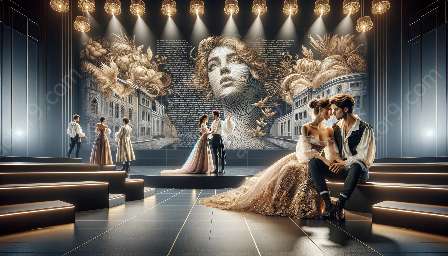Modern drama has seen a significant evolution in the way realism is portrayed compared to traditional forms of theater. In order to understand this evolution, it is important to analyze the key characteristics of realism in modern drama and its differences from traditional theater.
Realism in Modern Drama
Modern drama has embraced a more nuanced and complex form of realism, often blurring the lines between reality and fiction. This evolution of realism in modern drama can be attributed to several factors:
- Exploration of Psychological Realism: Unlike traditional theater, modern drama delves deeper into the complexities of the human psyche, portraying characters with more psychological depth and internal conflict.
- Social Commentary: Modern drama often serves as a platform for social critique and reflection, highlighting current societal issues and injustices. This aspect of realism in modern drama is a departure from the more allegorical and symbolic nature of traditional theater.
- Environmental Realism: The settings and backdrops in modern drama are often depicted with a greater degree of realism, reflecting the contemporary world and its challenges more accurately than traditional theater.
- Dialogue and Language: In modern drama, characters' dialogue and language are more reflective of everyday speech, incorporating colloquialisms and vernacular, adding a layer of authenticity to the portrayal of reality.
Modern Drama
Modern drama has evolved to encompass a wide range of themes and styles, reflecting the shifting societal and cultural dynamics. Compared to traditional theater, modern drama exhibits certain distinguishing features:
- Experimentation with Form: Modern drama frequently experiments with non-linear narratives, fragmented storytelling, and multimedia elements, challenging the conventional structure of traditional theater.
- Multicultural Representation: Modern drama embraces diversity and presents a more inclusive representation of characters and narratives, reflecting the globalized nature of contemporary society.
- Technological Integration: Advancements in technology have influenced modern drama, with the use of multimedia, visual effects, and digital platforms providing innovative ways to engage audiences.
- Interdisciplinary Collaborations: Modern drama often collaborates with other art forms such as dance, music, and visual arts, blurring the boundaries between different creative disciplines.
Comparison with Traditional Theater
In contrast to traditional theater, modern drama represents a departure from established norms and conventions. While traditional theater tends to prioritize spectacle, grandeur, and archetypal characters, modern drama focuses on introspection, authenticity, and societal reflection. The evolution of realism in modern drama has led to a more critical and thought-provoking approach to storytelling, pushing the boundaries of what is considered 'real' on stage.
Ultimately, the evolution of realism in modern drama compared to traditional forms of theater reflects the changing perspectives and values of society. The intrinsic shift towards a more complex, introspective, and authentic portrayal of reality has significantly influenced the modern theatrical landscape, marking a departure from traditional forms of theater.


